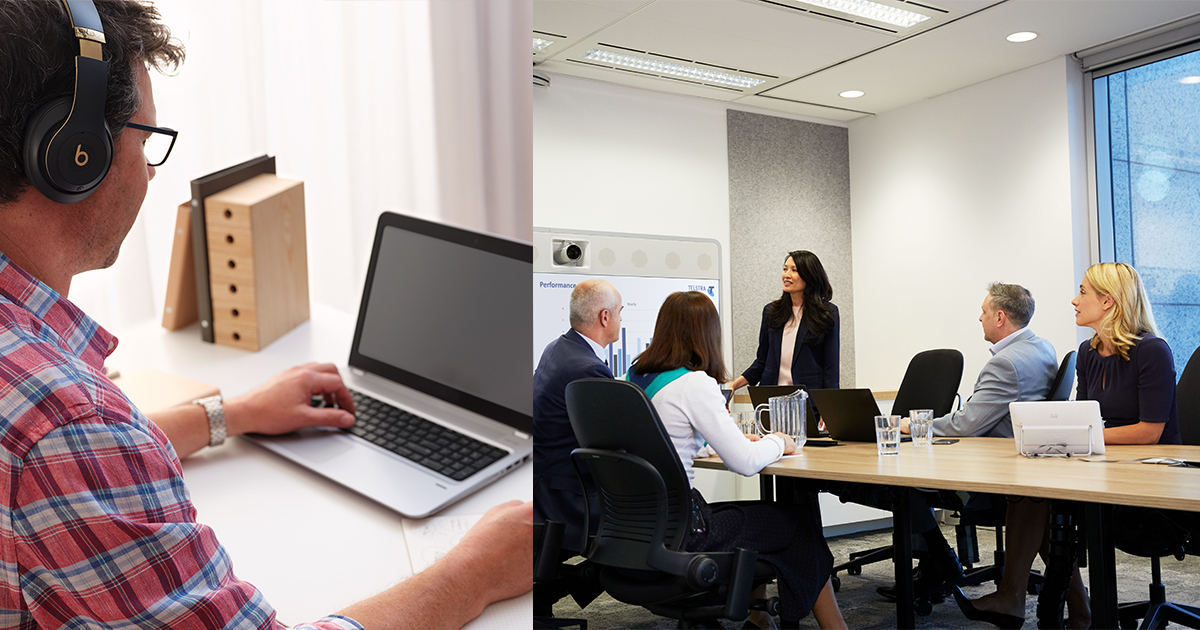Article content
Most businesses are having to adapt to remote working, whether they were ready or not. But some organisations – even large ones – have been successfully working this way for years. What can you take from their experiences and how can you set up your business to be effective with a flexible workforce? Here are the lessons they’ve learned.
In 2017, Automattic – the company behind WordPress.com, Tumblr, WooCommerce and more – announced it was closing its San Francisco office.
Automattic wasn’t out of business. It wasn’t downsizing, either. The office just wasn’t necessary anymore because all of its 550+ employees already worked from home, coworking spaces or cafes.
It’s an increasingly common story, with many startups – and some enterprises, too – embracing remote work as the future of the workplace.
An effective remote team doesn’t necessarily happen overnight. Each business has evolved its approach over time, ironing out kinks, improving workflows and creating a very different workplace culture. So, what can other businesses learn from the trailblazers of remote work?
Hiring the best remote team
"There are all sorts of things you can and should do to make your remote team work, but all is for naught if you hire people who are bad at working remotely.”
- Josh Pigford, founder of Baremetrics
Recruiting a remote team allows you to source and hire the best talent without being confined to applicants who can commute to the office. But remote work is a skill like any other, requiring an employee to be motivated, a strong communicator and comfortable working with a suite of technologies. Luckily, as more businesses embrace remote work, more applicants will have the necessary skills.
Home offices and remote working spaces aren’t free
“Rather than being anti-office, we’re more location agnostic. Any person can get a desk at a co-location space and we’ll reimburse it.”
- Matt Mullenweg, founder of Automattic
While closing an office might seem like a massive saving, Automattic recognises that it’s wrong to transfer that burden and expense to the staff. These are still employees – not freelancers. Automattic supplies the equipment and pays its employees an additional stipend to cover the costs of a home office or renting a coworking space. And when staff need to travel for in-person meetings and events, Automattic covers those expenses as well.
Avoid location bias
“The worst possible thing when you’re working from home is that you feel you’re not in the loop.”
- Toni Schneider, CEO of Automattic (2006-2014)
Automattic realised that ‘out of sight’ can become ‘out of mind’. That’s why the company encourages all meetings and formal interactions to be online, even if a team can meet physically, so that all employees are equal and never excluded because of location.
Build a community
“Buffer has a great variety of ‘virtual watercoolers’ that keep us connected in work and play.”
- Courtney Seiter, director of people at Buffer
Remote work doesn’t have to mean an end to office parties and team-building exercises. Follow Buffer’s lead in setting up fun activities that allow employees to socialise virtually or even mentor other members on the team. When many employees may be working in isolation, it’s vital to maintain a sense of team and community.
Digital technology means the future of work has changed forever. However, remote work is about far more than just which video conferencing app you use or whether you opt for email or a messaging app.
What are the common lessons we can learn from these businesses? Each has discovered that effective remote work is defined by the culture, values and habits encouraged by those in charge.

